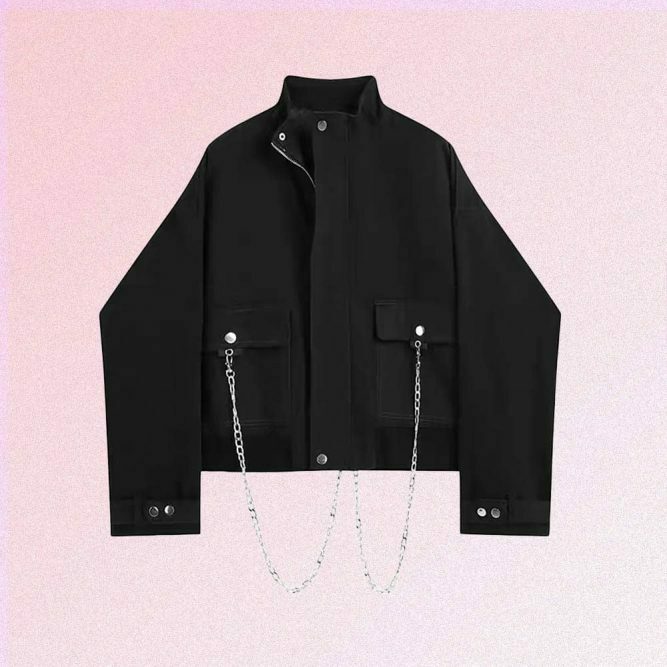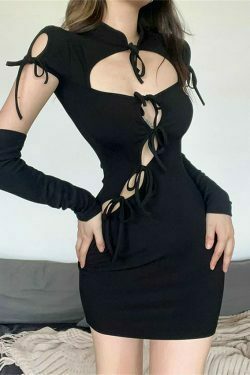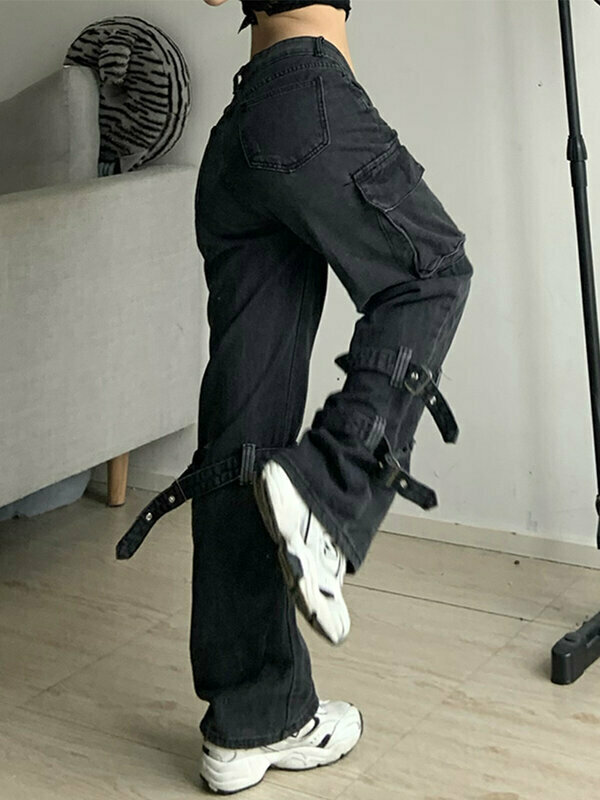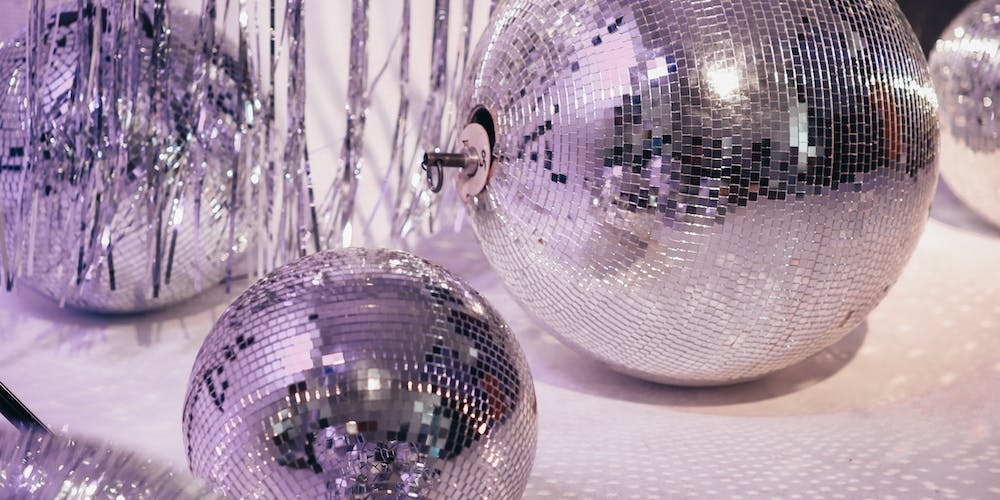Shopping Style
The Evolution of Goth 90s Fashion A Dark and Edgy Style
The 90s were a decade known for its diverse fashion trends, from grunge to minimalism. However, one subculture that emerged during this time and made a lasting impact on the fashion world was goth. Characterized by its dark and edgy aesthetic, goth fashion in the 90s was a rebellious statement against mainstream society. It was a way for individuals to express their individuality and embrace their inner darkness. In this article, we will explore the evolution of goth 90s fashion, from its origins to its influence on modern-day fashion.
Origins of Goth Fashion in the 90s

The Birth of Goth Subculture
Goth culture originated in the late 1970s in the UK, with bands like The Cure and Siouxsie and the Banshees paving the way for the genre’s music and fashion. However, it wasn’t until the 90s that goth culture gained mainstream recognition, thanks to bands like Marilyn Manson and Nine Inch Nails. This surge in popularity also led to a rise in the goth fashion scene, with more and more people embracing the dark and brooding style.
Influences from Other Subcultures
Goth fashion in the 90s was heavily influenced by other subcultures, such as punk and glam rock. These influences can be seen in elements like ripped fishnet stockings, platform boots, and dramatic makeup. However, goth fashion took these elements and gave them a darker twist, incorporating symbols of death, witchcraft, and the occult.
Common Elements of Goth 90s Fashion
Some key elements of goth 90s fashion include:
- All-black everything: Black was the dominant color in goth fashion, representing the rejection of traditional societal norms and the celebration of individuality.
- Lace and velvet: These fabrics were commonly used in goth fashion, adding a touch of elegance and decadence to the overall look.
- Layering: Goths often layered different clothing pieces, creating a unique and textured style.
- Corsets: This garment was a staple in goth fashion, giving the wearer a dramatic hourglass shape.
- Thick eyeliner and dark lipstick: The heavy makeup look was a signature part of goth 90s fashion, with black eyeliner and dark lipstick being key elements.
Evolution of Goth Fashion in the 90s

Grunge Influence
In the early 90s, grunge fashion was all the rage, and it had a significant impact on goth 90s fashion. Grunge’s DIY aesthetic and edgy style resonated with the goth subculture, leading to a fusion of the two styles. This resulted in a more casual and relaxed approach to goth fashion, with ripped jeans, flannel shirts, and combat boots becoming popular among goths.
Techno Influence
As the decade progressed, techno music gained popularity, and this had an influence on goth fashion as well. Techno goths embraced futuristic and cybernetic elements, incorporating neon colors, reflective materials, and industrial-inspired accessories into their looks. This fusion of goth and techno aesthetics gave birth to the cybergoth subculture, which is still prevalent in alternative fashion today.
Embracing and Defying Gender Norms
Goth fashion in the 90s was also a means for individuals to express their sexuality and defy traditional gender norms. Men and women alike wore corsets, makeup, and other traditionally feminine items, blurring the lines between masculine and feminine fashion. This freedom of expression was a significant aspect of goth culture, promoting inclusivity and acceptance.
Modern-day Influence of Goth 90s Fashion

While the 90s may be long gone, goth fashion continues to have a strong presence in modern-day fashion. Elements of goth 90s fashion can be seen in high-end fashion brands, streetwear, and even mainstream fashion. Some popular trends that have been influenced by goth fashion include:
- *Dark Academia: This aesthetic is heavily inspired by goth fashion, incorporating elements like tailored coats, turtlenecks, and dark colors.
- Street Goth: A fusion of streetwear and goth fashion, this style incorporates hoodies, sneakers, and edgy accessories.
- Witchcore: Inspired by gothic witchcraft, this trend features flowy dresses, lace, and earthy tones.
- Nu-Goth: A modern take on traditional goth fashion, with a focus on minimalistic black clothing and bold accessories.
FAQs about Goth 90s Fashion

What is the typical color palette for goth 90s fashion?
The goth aesthetic in the 90s was all about embracing darkness and individuality, so the predominant color was black. Dark shades of red, purple, and green were also commonly used as accents.
Is goth 90s fashion still relevant today?
Yes, goth 90s fashion continues to influence modern-day fashion, with elements of the subculture being incorporated into mainstream trends.
How can I incorporate goth 90s fashion into my wardrobe?
You can add touches of goth 90s fashion to your wardrobe by incorporating key elements like black clothing, lace and velvet fabrics, dramatic makeup, and statement accessories.
What are some iconic bands from the 90s goth scene?
Some iconic bands from the 90s goth scene include Bauhaus, The Sisters of Mercy, and Joy Division.
Does goth 90s fashion have any political or social significance?
While goth fashion in the 90s was not directly tied to any political or social movements, it did serve as a form of rebellion against societal norms and a celebration of individuality.
Conclusion

The 90s were a decade of bold fashion trends, and goth 90s fashion was no exception. This dark and edgy style emerged from the underground and made its way into the mainstream, influencing modern-day fashion. With its origins rooted in punk and glam rock, goth fashion in the 90s evolved and incorporated elements of other subcultures, resulting in a diverse and unique aesthetic. But beyond its fashion statement, goth culture in the 90s promoted inclusivity, acceptance, and a celebration of individuality – values that are still relevant in today’s society.
